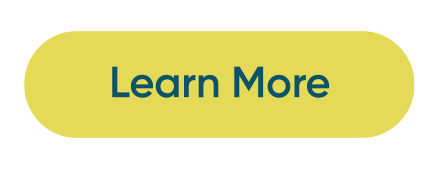For billing organizations, securing sensitive information is a top priority. But cyberattacks, compliance requirements, and a rapidly changing landscape can cause challenges.
Clearly, with the increasing awareness of security incidences, it’ll come as no surprise that cyberattacks are more frequent and more sophisticated, with a 126% surge in ransomware attacks globally — 62% of which targeted North American businesses and governments.
Between playing defense and working to guarantee regulatory compliance, many billers are looking for guidance and education on how to identify a secure online bill payment platform.
Are Mailed Payments More Secure Than Digital?
With the security considerations associated with digital, it may seem like the simple answer is to discount digital billing and payments to avoid cybercrime. But that’s not reality for both security and customer experience reasons.
Research shows that 81% of Americans prefer to pay bills digitally which means eliminating digital options could be detrimental to revenue streams. Plus, manual payment options have their own security challenges as well.
Mail theft and check fraud are at an all-time high, despite the general decrease in check usage. The Federal Trade Commission recently reported that consumers lost approximately $12.5 billion in 2024 due to check fraud.
One notable difference between physical payments being stolen and the threat of cybercrime is that digital billing and payment systems can actively defend against potential attacks — whereas, in the mail, payments are essentially left unguarded and vulnerable.
5 Ways to Identify a Secure Online Bill Payments Platform
Whether or not to implement a digital billing and payment system is no longer a question for billers. These platforms help keep revenue consistent and provide the ultimate convenience for customers and billers alike.
The real question is: how can billers select a truly secure billing and payments platform?
Here are five key indicators to look for when evaluating the security of a billing and payments platform.
1. Independent Validation, Regulatory Compliance, and a Public Trust Center
First and foremost, a secure billing and payments platform should be able to prove it. Look for third-party certifications and compliance with recognized frameworks.
Top-notch security practices should be validated by adherence to:
- PCI DSS Level 1
- Nacha
- SOC 1 & SOC 2
- Applicable state, federal, and international data protection laws
These certifications reflect a deep commitment to safeguarding sensitive data and maintaining transparency with customers and partners.
One way that leading platforms demonstrate this transparency is through a Trust Center — a centralized, publicly accessible hub that outlines their security posture, compliance certifications, privacy policies, and incident response protocols. A Trust Center helps billing organizations and IT teams quickly verify a vendor’s security credentials and stay informed about updates or changes to their compliance status.
InvoiceCloud’s Trust Center is designed to provide billers with confidence and clarity. It showcases our commitment to data protection, regulatory compliance, and proactive communication — all essential components of a secure partnership.
2. Proactive Approach to Threat Detection
Security isn’t just about building walls — it’s about constant vigilance. Look for a platform that actively monitors its network for unusual activity and has clear, tested mitigation protocols in place.
At InvoiceCloud, we work closely with security partners to ensure that any potential threats are identified and addressed immediately, helping protect your data and your customers’ peace of mind.
3. Security, Privacy, and Compliance by Design
A secure platform should be built from the ground up with privacy and compliance in mind. That means protecting sensitive data (especially personally identifiable information (PII) and financial details) at every stage of the payment process.
4. Minimal Data Collection, Maximum Protection
The less data a platform collects, the less there is to protect. A trustworthy provider will only collect what’s necessary to process payments and manage billing.
For example, InvoiceCloud takes a privacy-first approach, anonymizing and encrypting data wherever possible to reduce risk and enhance user trust.
5. Encryption That Goes the Extra Mile
Finally, encryption is a must — but not all encryption is created equal. Look for platforms that offer double encryption of sensitive data, both in transit and at rest.
InvoiceCloud meets rigorous standards like PCI DSS and Nacha and employs a secure SaaS architecture with truncated account data and strict role-based access controls.
Learn More About Secure Billing and Payments
Security isn’t just a feature — it’s a responsibility.
As you evaluate billing and payments platforms, prioritize those that demonstrate a clear, ongoing commitment to protecting your data and your customers. The right partner will not only make payments easier but will shoulder the compliance and security load for your IT team.
InvoiceCloud’s platform is designed with privacy and compliance at its core, ensuring that security isn’t an afterthought, but a foundation. To learn more about how InvoiceCloud delivers a secure, easy-to-use experience that fosters customer trust, schedule a call with one of our product experts.

